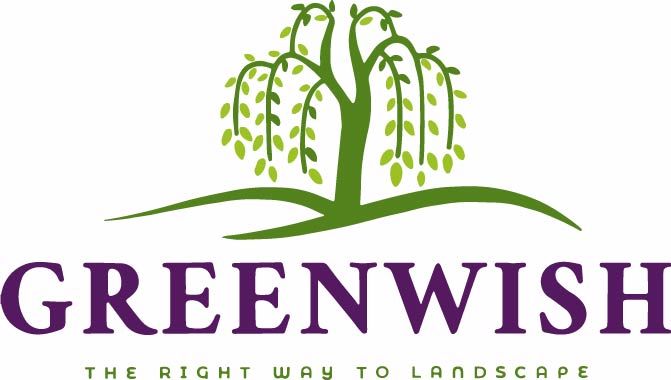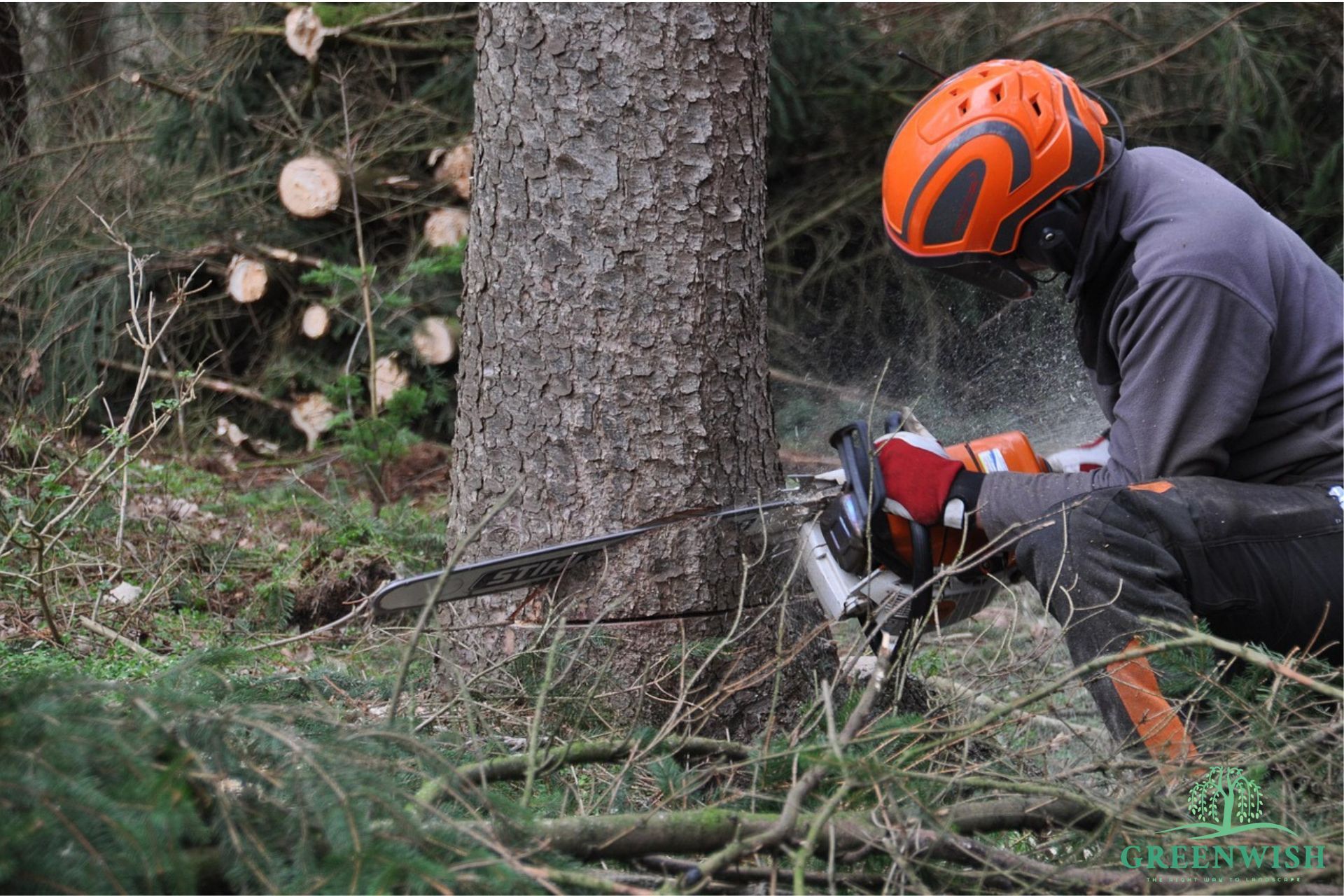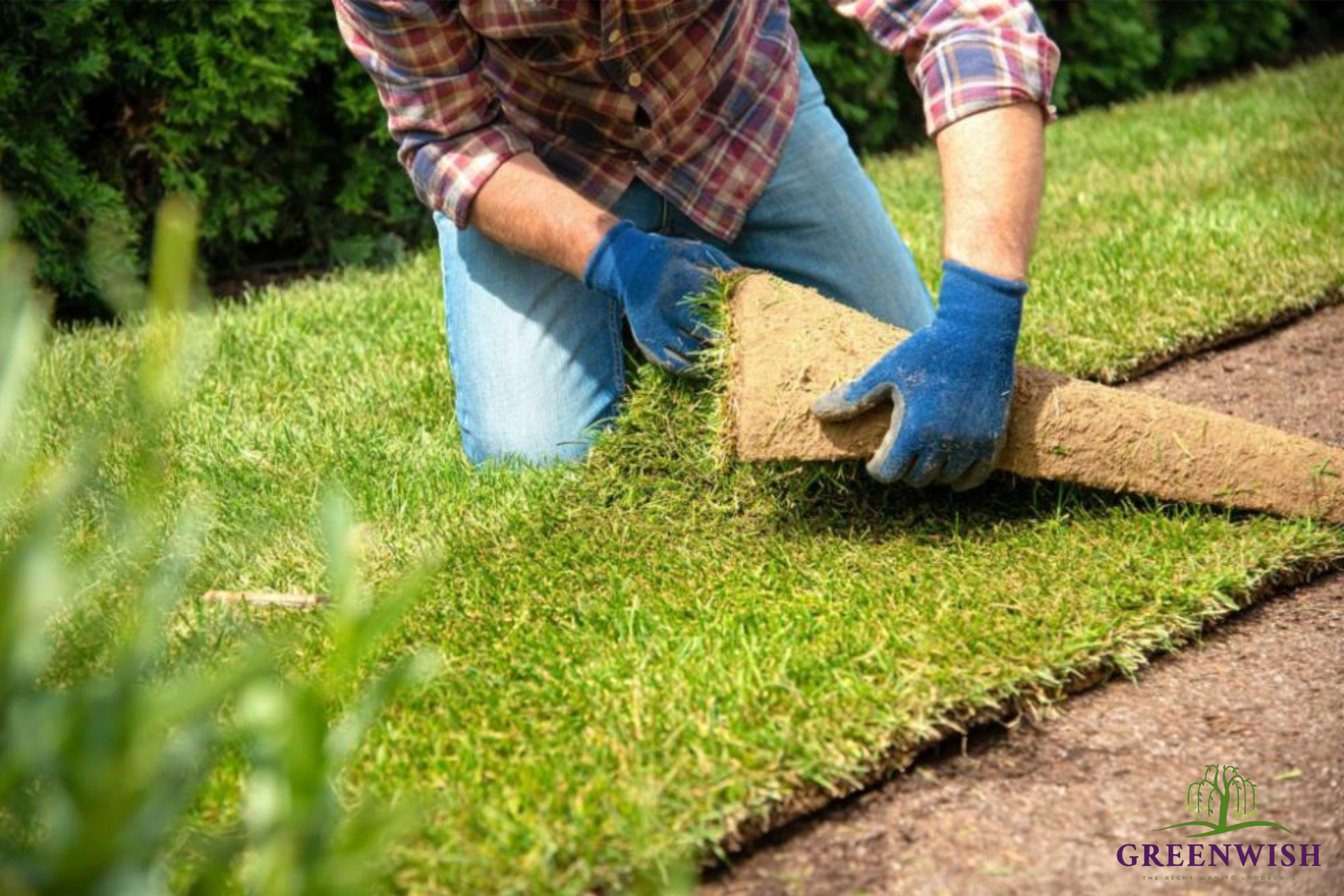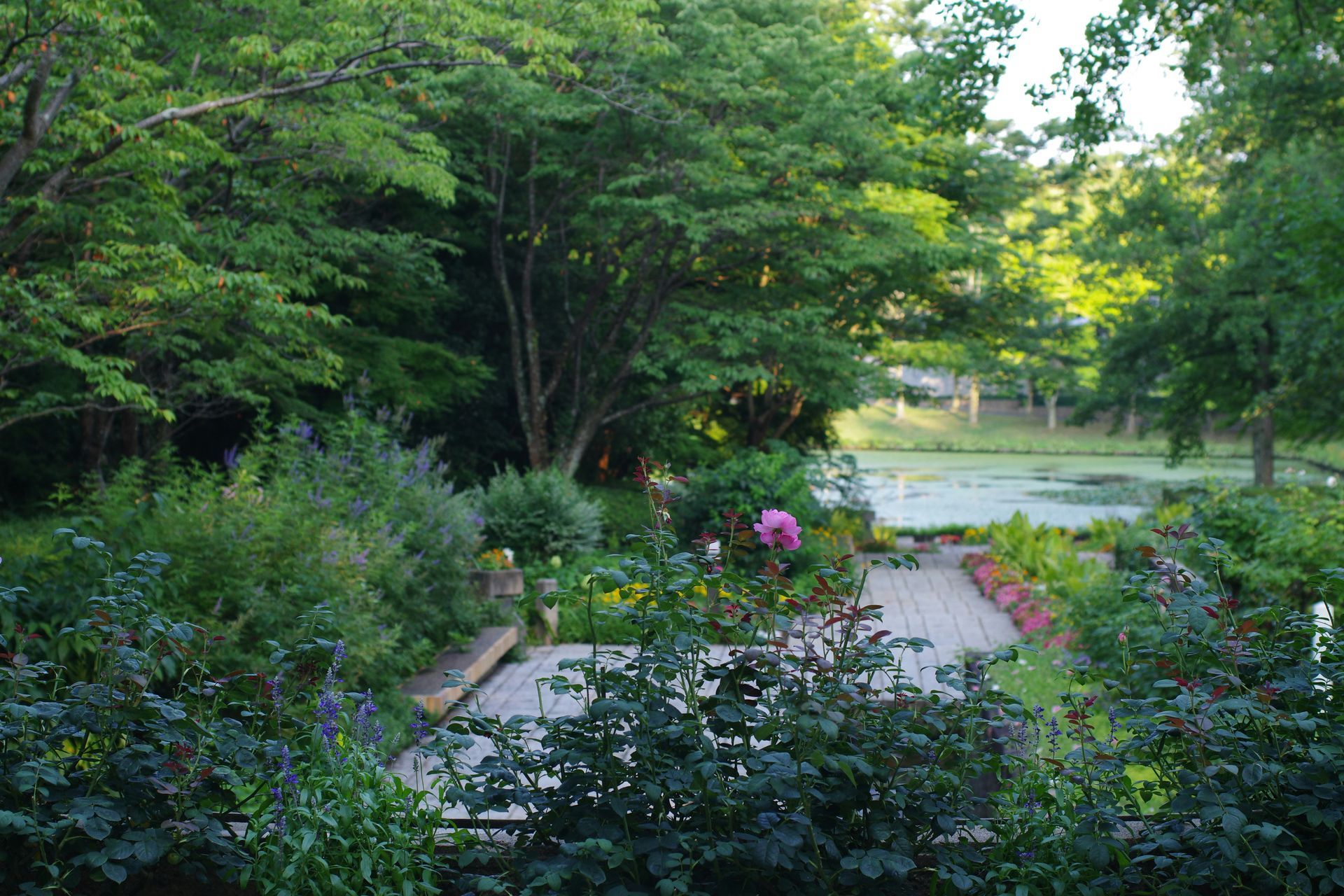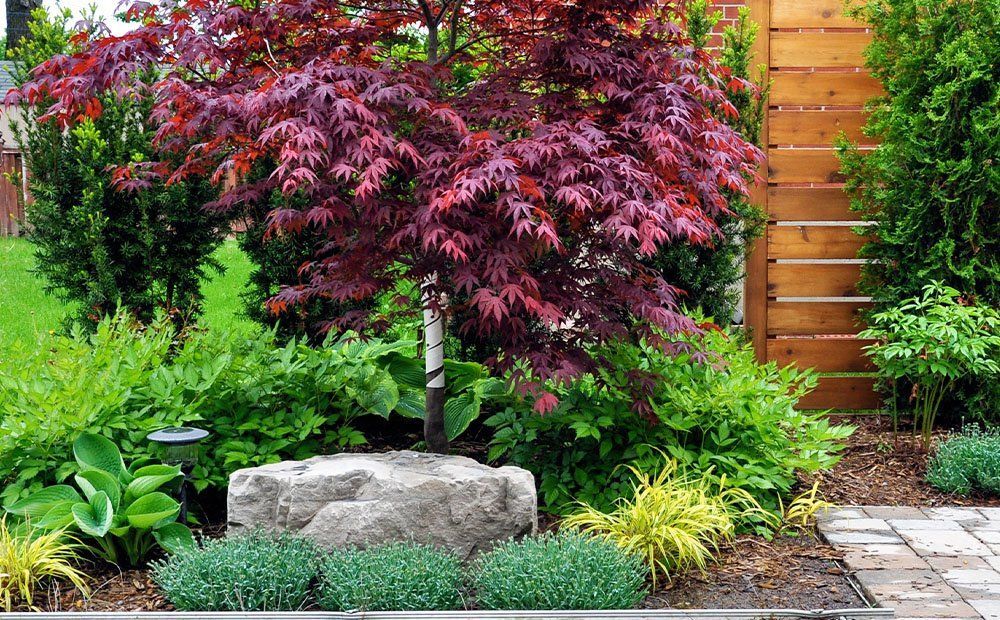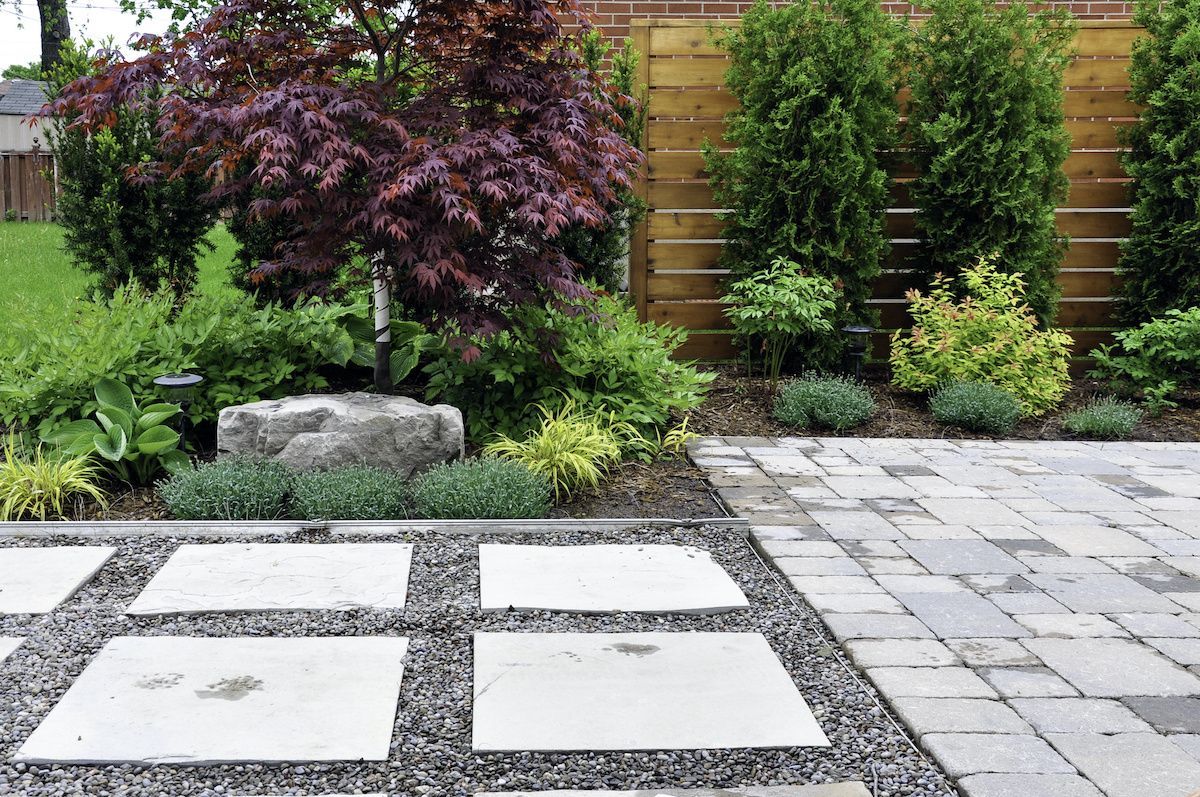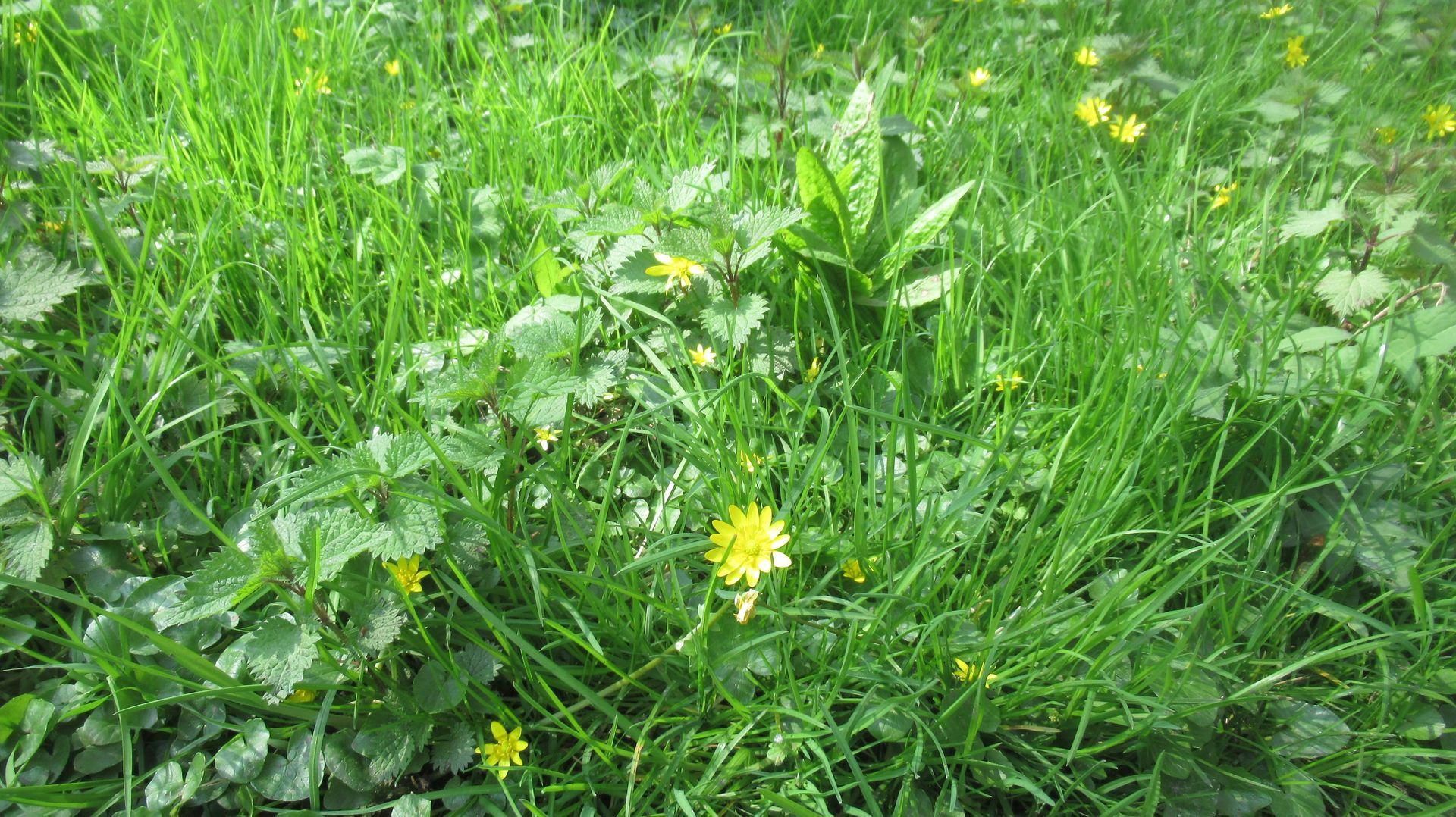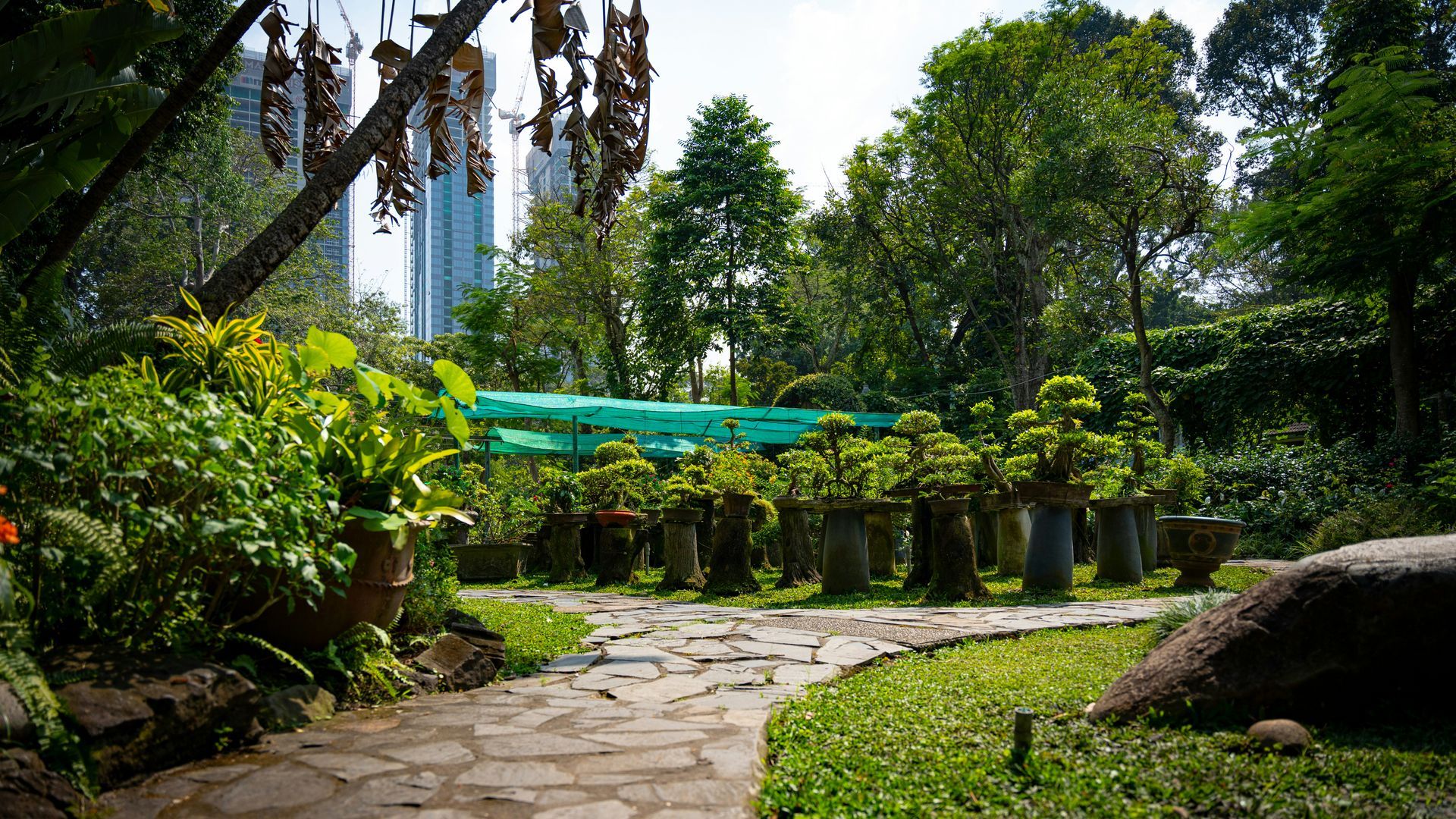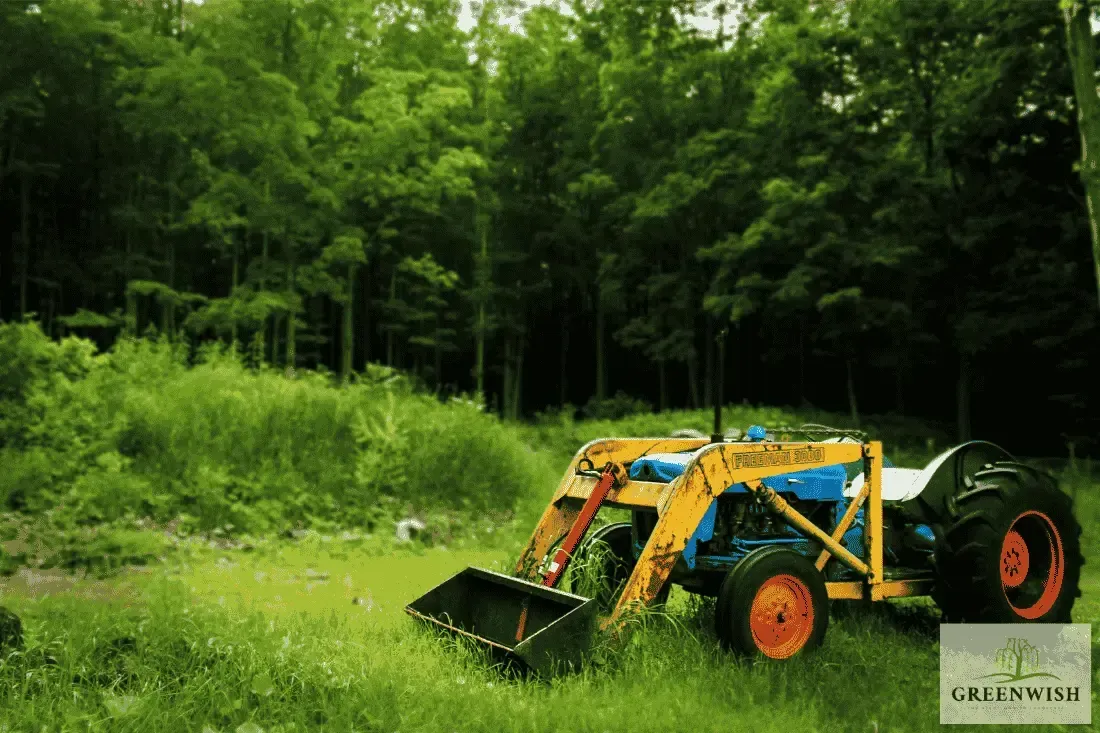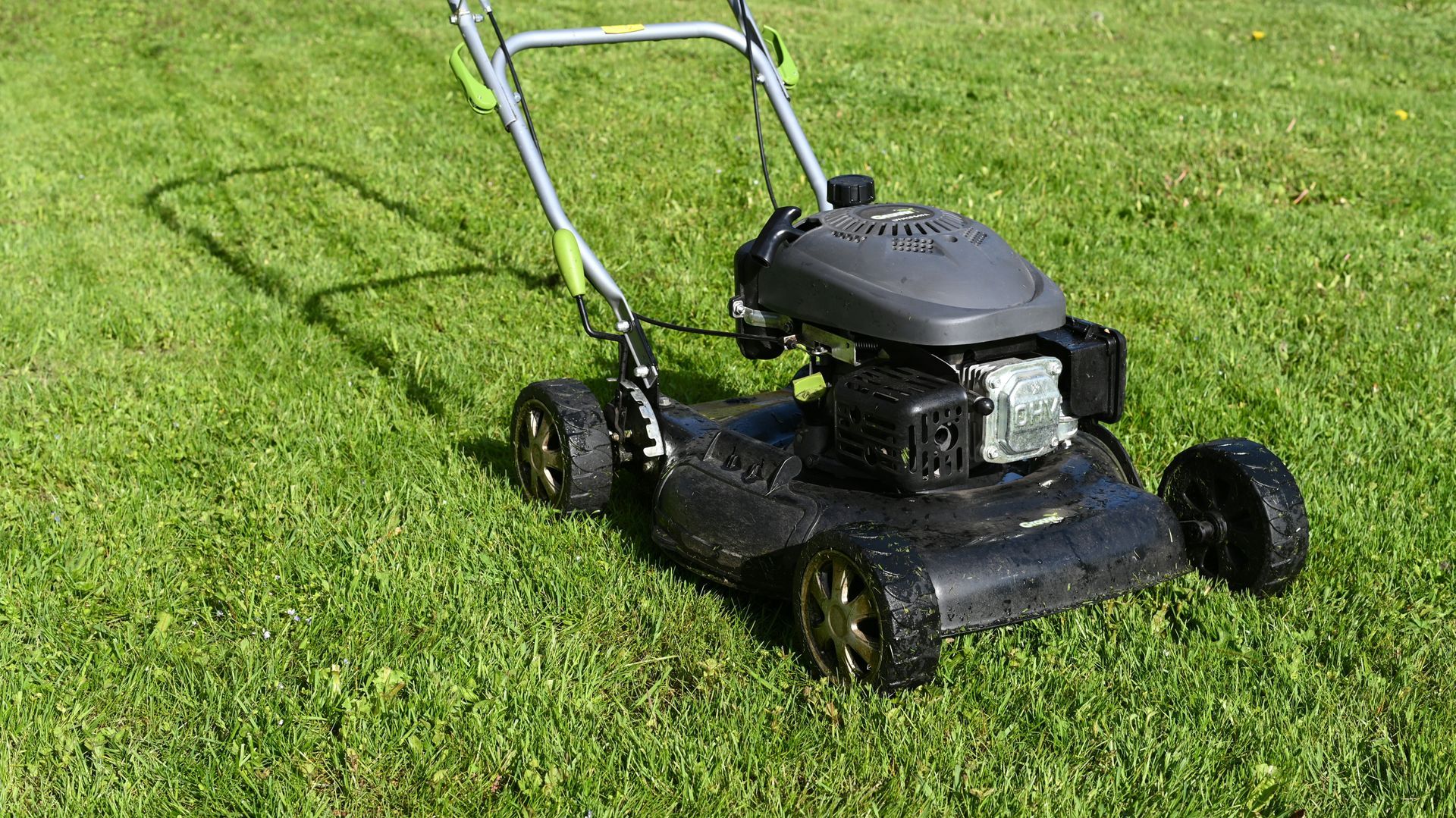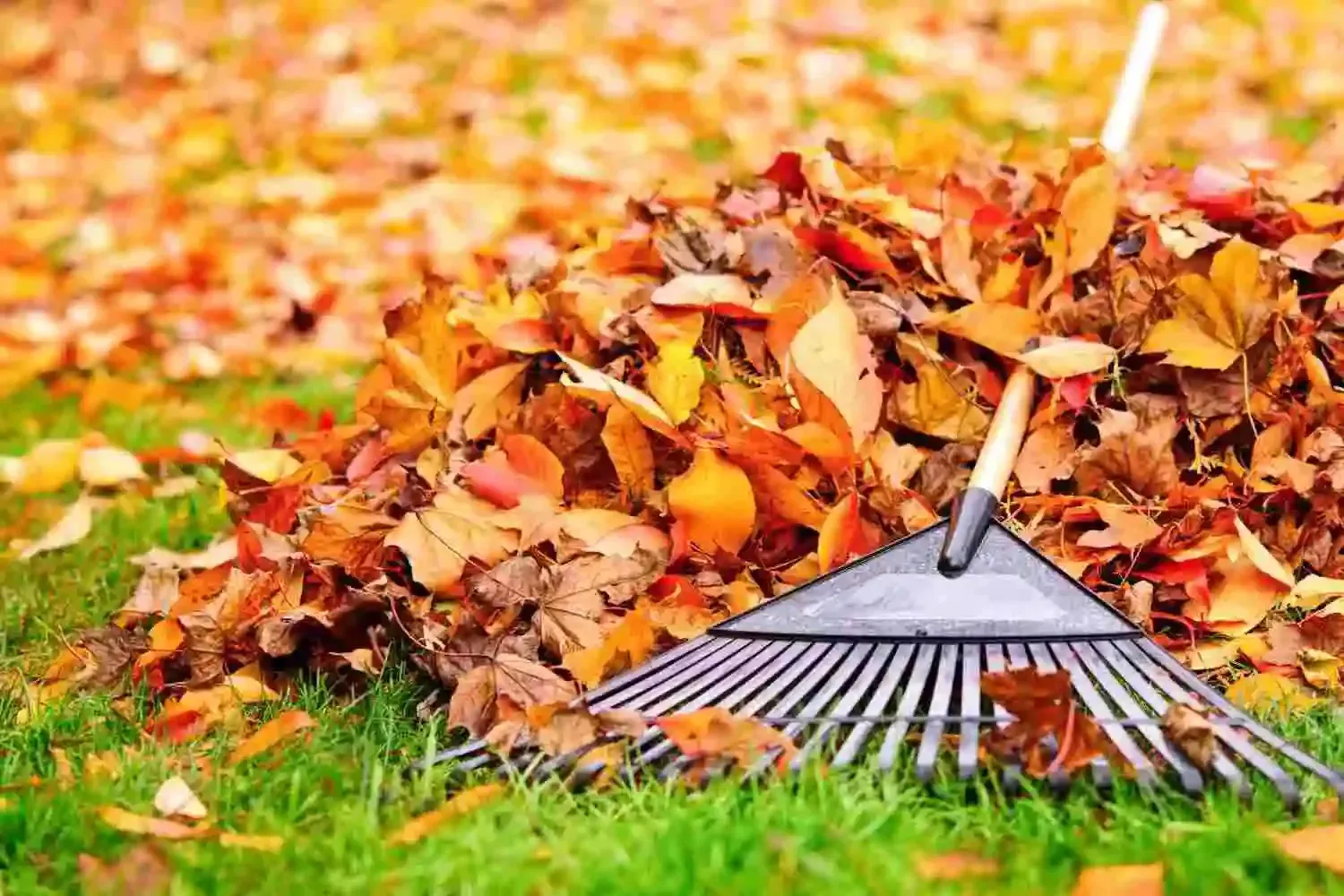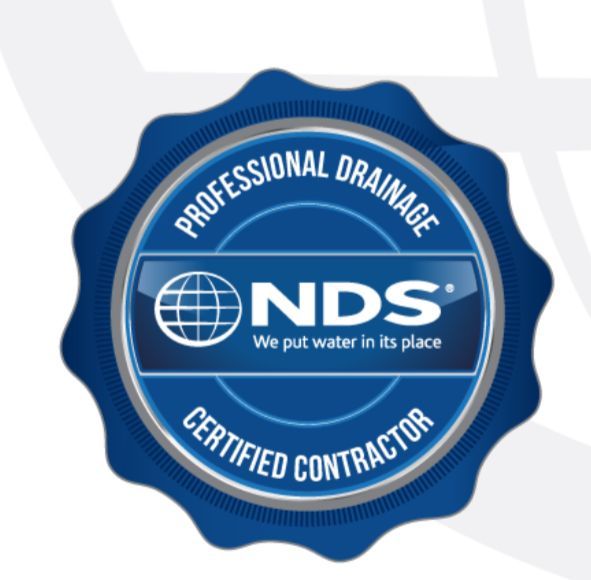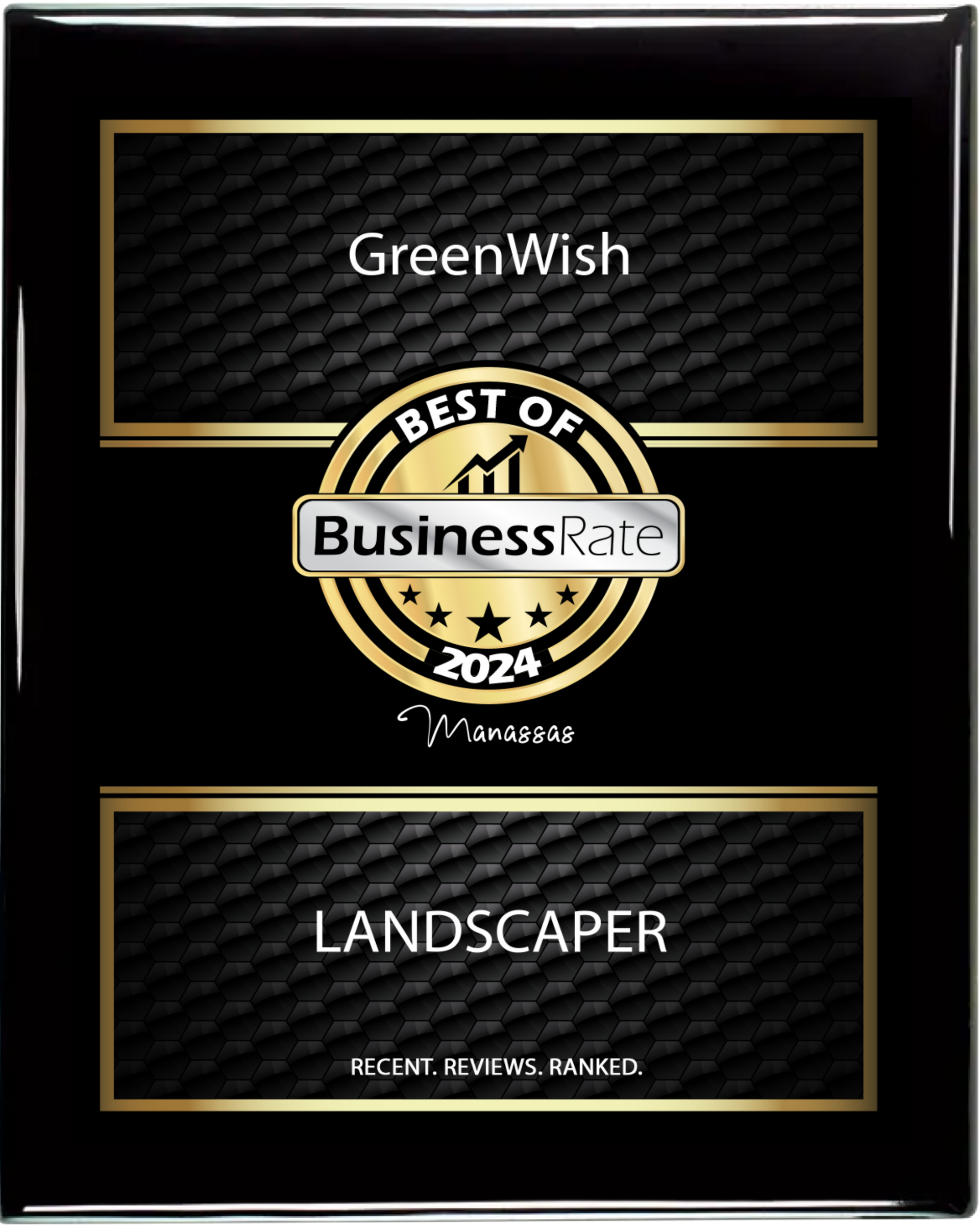Rubber Mulch in 2025: Is It Safe? Pros, Cons, Longevity & Playground Uses Explained
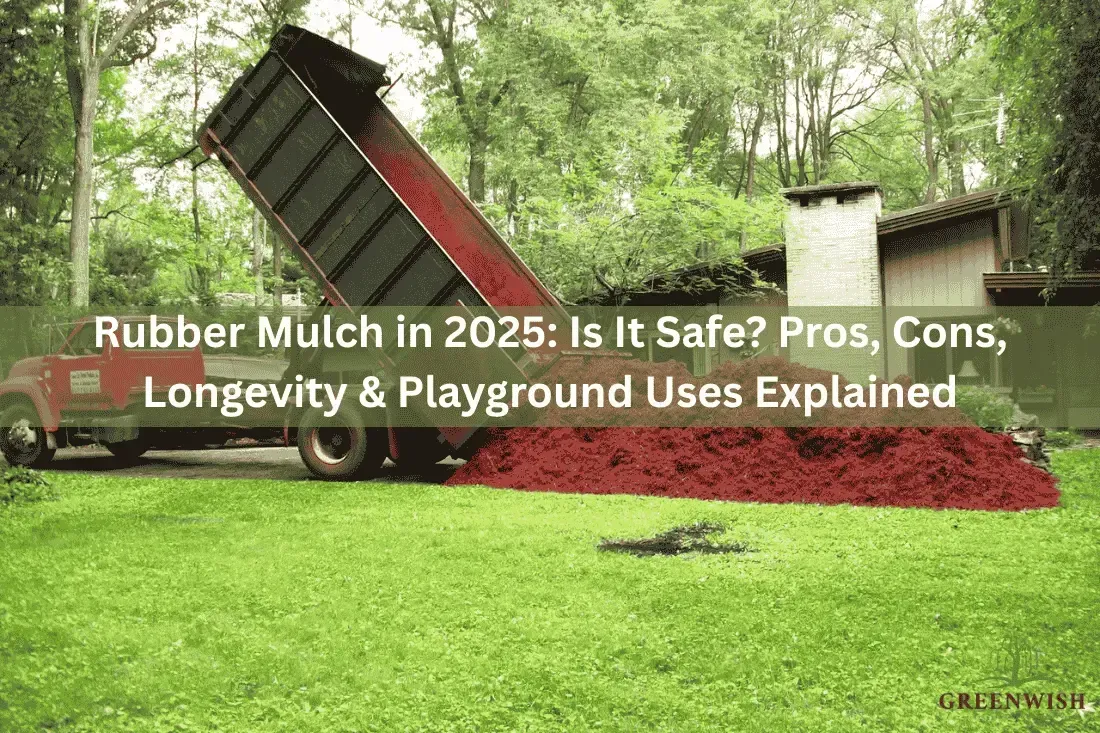
When it comes to landscaping, rubber mulch often sparks a love-it-or-hate-it reaction. It’s made from recycled tires, boasts impressive durability, and shows up in colorful granite-style form across gardens and playgrounds. But beneath the surface lies a deeper debate—especially in 2025.
Here's why this conversation matters:
- You're looking at material made from old car tires—does that mean soil stays static or seeps with chemicals?
- You want durability, but at what cost to soil health or child safety?
- You’re wondering if a long-lasting choice is better, or just locked-in with downsides.
In this guide, we’re not going to sugarcoat anything. No vague claims. No manufacturer hype.
What you’re getting:
- Real-world science on chemical leaching
- Benchmarks from ASTM standards for playground use
- Expert voice on environmental tradeoffs
- Case contexts where it works—and where it doesn’t
By the end, you’ll know exactly where rubber mulch makes sense—and what alternatives might earn your trust instead.
What’s Rubber Mulch Made Of and How Is It Processed?
When someone calls rubber mulch “synthetic mulch made from recycled tires,” they’re understating it.
Let’s break it down clearly: Rubber mulch is produced from old car and truck tires. First, the tires are shredded and ground into chunks—typically 10 to 32 mm in size—then filtered to remove steel belts and nylon. What remains are lap-resistant, mold-free rubber nuggets or shredded bark-like pieces
It comes in several styles. Some people prefer shredded mulch, others go for rubber nuggets that look like oversized bark, or even rubber wood-chip styles designed to mimic a natural look.
The manufacturing steps matter. If the steel wiring isn’t fully removed, there’s a risk of sharp bits in the final product. That’s not just unsightly—it’s potentially dangerous for kids and pets.
And yes, it’s touted as eco-friendly since it recycles tires. But recycled doesn’t always mean benign. Tires contain chemical stabilizers, plasticizers, carbon black, and trace levels of metals like zinc—ingredients which raise concern when dumped into planting zones or playground settings.
In other words, what looks like an eco-friendly gem is a processed landscape material that requires thoughtful placement. Up next: what it actually does well—and what it really doesn’t.
The Real Pros of Rubber Mulch (That Actually Hold Up)
So, what does rubber mulch do well? Let’s focus on what’s proven, not just what marketers slap on the bag.
1. Insanely Long Lifespan
Organic mulches like bark or straw break down in 1–2 years. Rubber mulch? You’re looking at a lifespan of 10+ years—easy. According to a study by the U.S. Environmental Protection Agency (EPA), rubber mulch retains its physical form and color far longer than organic materials, reducing the need for frequent top-ups or replacements.
That makes it appealing for anyone who doesn’t want to be out reapplying mulch every spring.
2. Effective at Weed Suppression
When combined with a proper landscape fabric underneath, rubber mulch creates a hostile environment for weeds. Unlike bark mulch, it doesn’t decompose—so it doesn’t turn into compost for weed seeds.
Is it perfect? No. Weeds can still grow if the barrier is poor or the mulch is applied too thinly. But in general, it does the job well.
3. Shock Absorption for Playgrounds
Rubber mulch is commonly used in playgrounds for one big reason: injury reduction. According to the Consumer Product Safety Commission (CPSC), rubber mulch meets fall height protection standards when installed at proper depth (usually 6 inches for a 10-foot fall). It’s also ADA-compliant, meaning it offers better mobility for wheelchairs and strollers.
A 2019 study published in the International Journal of Environmental Research and Public Health compared injury rates on different playground surfaces and found rubber mulch offered significantly better cushioning than gravel or wood chips.
4. Pest-Resistant
This one’s simple: rubber mulch doesn’t feed termites, ants, or other insects. That’s a win for anyone dealing with pest-prone areas or who wants to keep mulch away from their home’s foundation.
5. Doesn’t Attract Fungi or Mold Easily
Unlike bark mulch, which traps moisture and decomposes over time, rubber mulch dries quickly and drains well. This helps prevent the growth of mold or fungi in most climates.
So, if you're in a humid area or prone to summer rains, rubber mulch can reduce the risk of rot-related issues.
The Legitimate Concerns Around Rubber Mulch (Backed by Research, Not Rumors)
You’ve probably heard people say rubber mulch is “bad for the environment” or “full of toxins.” But let’s stop guessing and start looking at what the science says.
1. Chemical Leaching: Yes, It Happens
Rubber mulch is made from shredded tires. Tires are engineered to survive brutal road conditions, which means they’re packed with heavy metals and synthetic additives.
Multiple studies—including one from the North Carolina State University Cooperative Extension—have found that rubber mulch can leach zinc, cadmium, lead, and other chemicals into surrounding soil. In high enough concentrations, these can be toxic to plants and soil microorganisms.
Here’s the kicker: zinc, in particular, is known to stunt plant growth when levels get too high. So while it won’t poison your garden overnight, long-term exposure is a valid concern—especially for edible plants.
2. Heat Retention: It Gets Hot. Really Hot.
Rubber mulch absorbs and holds heat like asphalt. A study from Brigham Young University found that surface temperatures of rubber mulch in direct sun can exceed 160°F (71°C). That’s hotter than most blacktop roads.
This matters for two reasons:
- Kids can get burned if they play barefoot on it.
- That excess heat radiates into the root zone, stressing nearby plants.
So if you’re in a hot climate, rubber mulch might not be your friend.
3. Fire Risk in Dry Areas
Rubber mulch is slow to ignite, but once it does, it burns long and hot. The U.S. Fire Administration warns that rubber mulch can be a hazard in wildfire-prone zones, especially when used close to structures or in dry conditions.
Some cities and counties have even restricted their use near buildings or playgrounds for this reason.
4. Zero Soil Enrichment
Organic mulch breaks down and feeds your soil. Rubber mulch? Not so much. It’s inert. It doesn’t decompose, and it doesn’t attract the earthworms or microbes that make soil healthier over time.
So if your goal is better soil structure, fertility, or water retention long-term, rubber mulch offers nothing.
5. Not Biodegradable. Not Recyclable Again.
Ironically, rubber mulch is often marketed as “eco-friendly” because it’s recycled. But here’s the problem: once it’s been turned into mulch, that’s the end of the road. You can’t recycle it again. It’s landfill-bound if you ever decide to remove it.
That means the “green” benefit is a one-time deal.
When Rubber Mulch Actually Makes Sense: Use Cases That Hold Up
Let’s be clear: rubber mulch isn’t evil. It’s just not meant for everything. But when used in the right context, it performs well—sometimes even better than organic mulch. So where does it actually shine?
1. Playgrounds and High-Impact Areas
This is where rubber mulch earns serious points.
Its shock-absorbing quality has been tested and verified by the Consumer Product Safety Commission. Compared to gravel or wood chips, rubber offers better fall protection. That’s why you’ll find it in schools, parks, and daycare centers.
Plus, it doesn’t splinter, compact, or create mud. Parents and maintenance crews appreciate that.
2. Sloped Yards and Windy Areas
Ever tried keeping wood mulch on a hill? It’s like trying to hold water in a sieve.
Rubber mulch stays put. It’s heavier, less likely to wash away in rainstorms, and doesn’t blow off in the wind like shredded bark. For sloped terrain or high-wind zones, it cuts down on constant reapplication.
3. Around Trees and Perennials
You don’t need soil improvement around mature trees or permanent shrubs. You just need something that blocks weeds and holds moisture. Rubber mulch does both without needing a top-up every year.
And since it doesn’t break down, it won’t tie up nitrogen or attract fungus that could harm roots.
4. Pest-Prone Areas
If termites, ants, or other bugs are a problem in your region, rubber mulch is worth considering. It doesn’t offer food or shelter the way organic mulch does. That makes it a solid option around homes, sheds, or structures where wood damage is a concern.
Should You Use Rubber Mulch? A Final Word
Here’s the thing: rubber mulch isn’t a one-size-fits-all solution. It has real benefits—like durability, low maintenance, and solid performance in specific spots like playgrounds or sloped yards. But it also comes with legitimate concerns: chemical leaching, lack of soil enrichment, and questions around long-term safety.
If your goal is lush soil, happy plants, and a thriving garden ecosystem—go organic. Compost, bark, straw. These feed the soil and support life.
But if you’re covering a playground, fighting weeds in a dry landscape bed, or just want something that won’t need replacing every season, rubber mulch can work. Just don’t assume it’s “eco-friendly” just because it’s recycled.
Bottom line: know what you’re solving for. Then pick the material that fits your priorities.
FAQs About Rubber Mulch
What are the downsides of rubber mulch?
Rubber mulch doesn’t improve soil health, can get hot in the sun, and may leach chemicals into the ground over time. It’s also more expensive upfront and not ideal for gardens where soil nutrition matters.
Does rubber mulch leach chemicals?
Yes. Studies, including one from the EPA, have shown that rubber mulch can leach heavy metals and volatile organic compounds (VOCs), especially in high-heat or acidic environments. That said, leaching is generally more of a concern in vegetable gardens than in dry landscaping or under playgrounds.
What should you put under rubber mulch?
A landscaping fabric or geotextile barrier helps prevent weeds and keeps the rubber mulch from sinking into the soil. Avoid placing it directly on top of soil or grass.
What is the best landscape material next to a house?
Use inorganic materials like gravel or stone mulch. They don’t retain moisture like organic mulches, which helps protect your home’s foundation from mold, rot, or termites.
Is rubber mulch safe for humans?
For adults and children in casual contact—like walking or playing—it’s generally considered safe. But long-term exposure, especially for young kids or in high-heat zones, raises concerns about chemical off-gassing and residue.
Which is better, mulch or rubber mulch?
Depends on your goal. Traditional mulch is better for gardens and soil health. Rubber mulch is better for long-term durability and low maintenance in non-growing areas like playgrounds.
What is the least toxic mulch?
Organic mulches like untreated wood chips, pine bark, or straw are the safest and least toxic. Avoid dyed or chemically treated mulches.
Do bugs live in rubber mulch?
Very few. Rubber mulch doesn’t offer organic matter or moisture that attracts bugs, making it a good deterrent for pests. That said, it doesn’t support beneficial insects either.
Does rubber mulch cause mold?
Rubber mulch itself doesn’t mold easily, but trapped debris and poor drainage underneath it can create mold or fungus issues. Regular raking and cleaning help prevent this.
What to use instead of rubber mulch?
If you want something safer or more sustainable:
- Wood chips for gardens
- Pine straw for acidic-loving plants
- Gravel or stone for permanent, low-maintenance beds
- Living ground covers like creeping thyme for eco-friendly coverage
